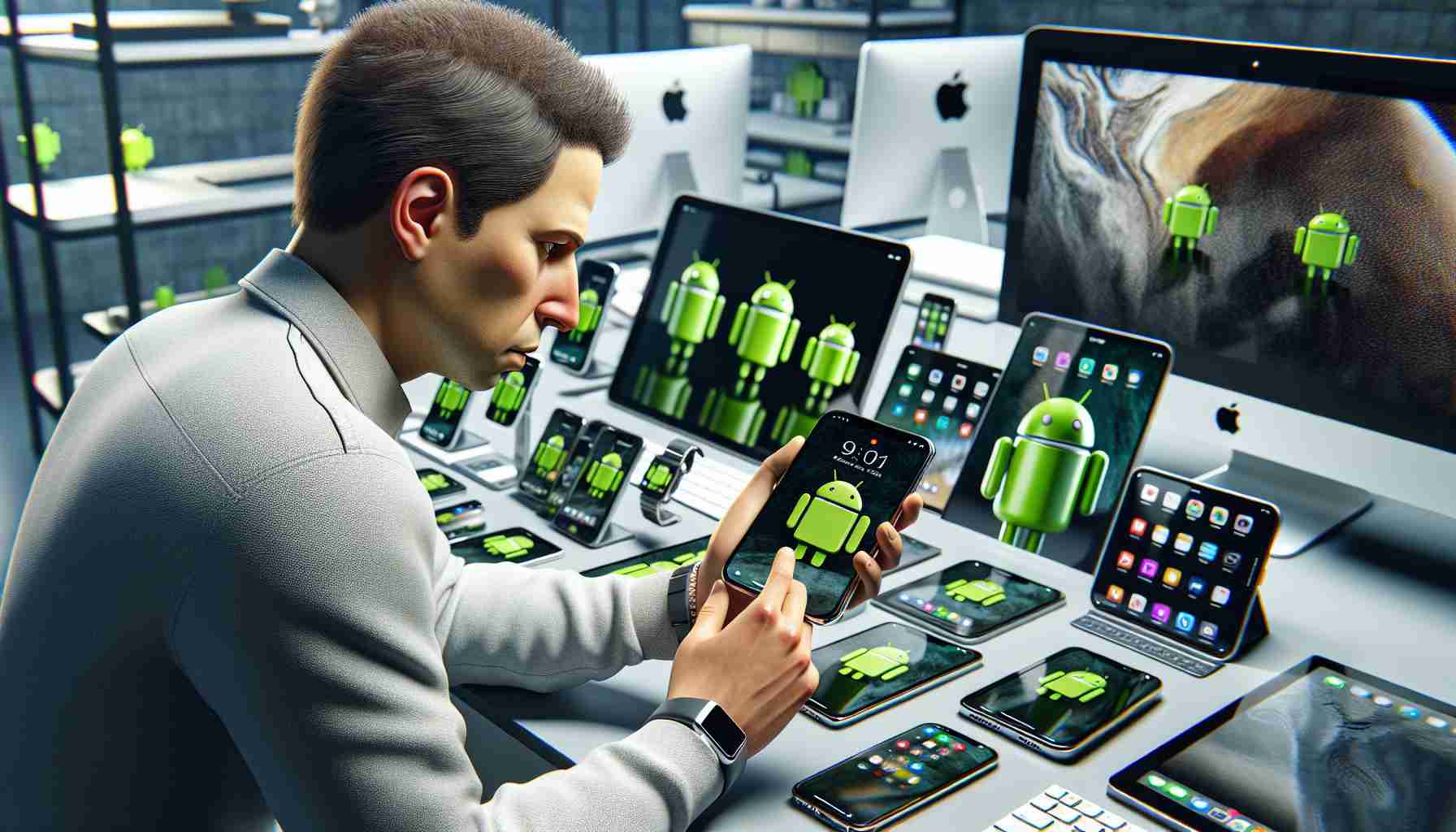When it comes to technology, the Apple ecosystem has its own unique advantages and challenges. One such challenge arises when using an Android smartphone within the Apple ecosystem. While it is possible to integrate non-Apple products into the system, there are certain limitations and hurdles that users may encounter.
One of the notable issues is the hassle of file sharing. The Apple Continuity features, such as AirDrop, Universal Clipboard, Handoff, and Instant Hotspot, allow for seamless connection and collaboration between Apple devices. However, when using an Android smartphone, these features are not readily available. While there are third-party workarounds for file sharing between Mac and Android, finding the right tool and going through the setup process can be time-consuming and cumbersome.
Another challenge comes with app continuity. Apple’s built-in apps, such as Notes, Safari, Pages, and Maps, are not only available on iPhones but also on Macs, iPads, and Apple Watches. This eliminates the need for separate installations and ensures data syncing across devices. On the other hand, Android lacks this level of integration. While there are alternative apps available, it requires extra effort to find solutions that work on both Android and Apple devices, often resulting in compromises or the need to install additional apps.
Compatibility with the Apple Watch is another area where limitations arise. The Apple Watch, designed primarily to work with iPhones, does not extend its functionality to other Apple devices, including the iPad. While this decision can be understood from Apple’s perspective, it renders the Apple Watch practically useless for Android smartphone users who rely on other Apple devices for their daily activities.
Another struggle when using an Android smartphone in the Apple ecosystem is the lack of seamless automation. Apple’s Shortcuts app allows users to automate various tasks on iOS devices, simplifying their routines. Unfortunately, Android does not offer a comparable solution, leaving users without the option to create shortcuts and automate tasks in the same seamless manner.
In conclusion, while it is possible to use an Android smartphone within the Apple ecosystem, there are challenges that users may encounter. From file sharing to app continuity, compatibility with the Apple Watch, and streamlined automation, these challenges highlight the differences between the two ecosystems. For individuals heavily invested in the Apple ecosystem, switching to an Android smartphone may require additional effort and compromises to maintain a seamless user experience.
The technology industry is constantly evolving, with new products and services being introduced to the market regularly. Within this industry, the Apple ecosystem has established itself as a dominant player, offering a range of interconnected devices and services. However, using an Android smartphone within the Apple ecosystem presents its own set of challenges and limitations.
One of the main issues that users face is file sharing. The Apple ecosystem boasts features like AirDrop, Universal Clipboard, Handoff, and Instant Hotspot, which allow for seamless connectivity and collaboration between Apple devices. Unfortunately, these features are not readily available when using an Android smartphone. While there are third-party tools and workarounds available, setting them up and finding the right solution can be time-consuming and cumbersome.
App continuity is another challenge for Android smartphone users in the Apple ecosystem. Apple’s built-in apps, such as Notes, Safari, Pages, and Maps, are not only available on iPhones but also on Macs, iPads, and Apple Watches. This creates a seamless experience, with data automatically syncing across devices. Android, on the other hand, lacks this level of integration. Finding alternative apps that work on both Android and Apple devices requires extra effort and may result in compromises or the need to install additional applications.
Compatibility with the Apple Watch is also limited for Android smartphone users. The Apple Watch, designed primarily to work with iPhones, does not extend its functionality to other Apple devices, including the iPad. This decision by Apple restricts the usability of the Apple Watch for those who rely on Android smartphones but use other Apple devices in their daily activities.
Seamless automation is another area where Android smartphone users in the Apple ecosystem face challenges. Apple’s Shortcuts app allows users to automate various tasks on iOS devices, simplifying their routines. However, Android does not offer a comparable solution, leaving users without the option to create shortcuts and automate tasks in the same seamless manner.
Overall, while it is possible to use an Android smartphone within the Apple ecosystem, it is important to be aware of the limitations and challenges that may arise. From file sharing to app continuity, compatibility with the Apple Watch, and streamlined automation, these challenges highlight the differences between the two ecosystems. Individuals heavily invested in the Apple ecosystem may find that switching to an Android smartphone requires additional effort and compromises to maintain a seamless user experience.
For more information about the Apple ecosystem, its challenges, and future developments in the technology industry, you can visit the Apple official website at www.apple.com.
The source of the article is from the blog radardovalemg.com
